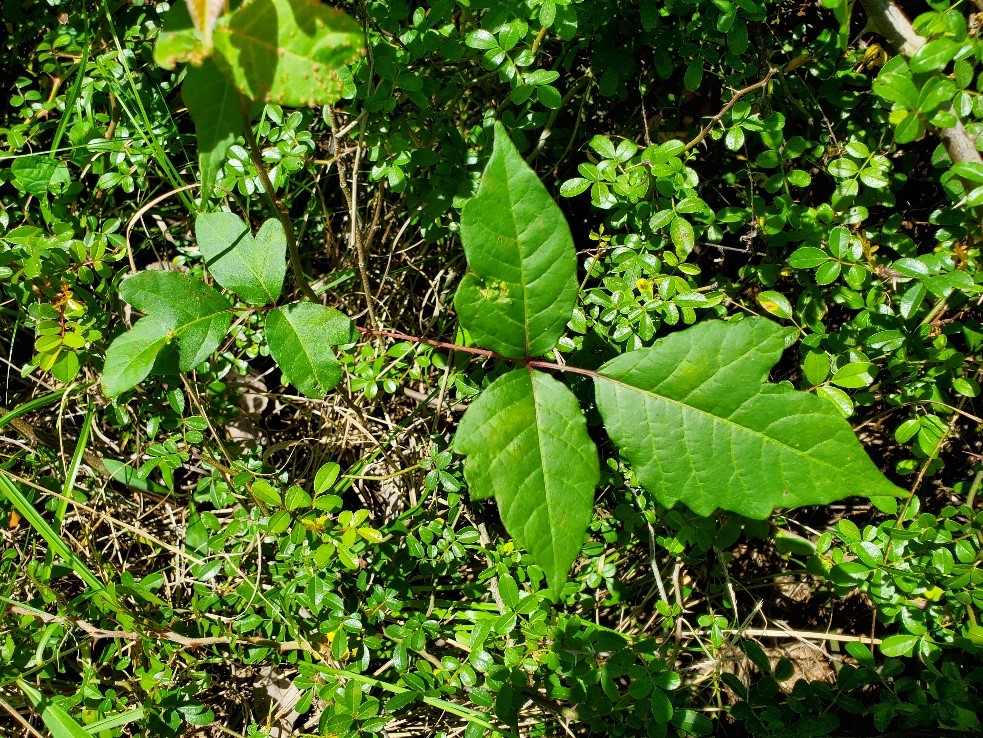Fort Bend MUD 118 has recently received reports of the presence of an alligator in Figure Four Lake. Fort Bend MUD 118 is monitoring the situation and following the guidance and regulations set by the Texas Parks Wildlife Department. We ask residents to adhere to Fort Bend MUD 118 park rules, State and local regulations and the guidance outlined below while visiting District Parks.
The American Alligator
The American alligator is a semi-aquatic, armored reptile that is almost black in color. Adult alligators will range from 6 – 14 ft. in body length. They have prominent eyes and nostrils with coarse scales over their entire body. The alligator has a large, long head and often floats or swims with only its eyes and nostrils exposed. Alligators are carnivorous and feed on fish, turtles, snakes, small mammals, waterfowl, and other alligators. Alligators are surprisingly quick on land and can run up to 35 miles per hours for short distances. Alligators in Texas are mostly inactive from mid-October until early March when they brumate. Springtime is when alligators are most active, according to the Texas Parks and Wildlife Department. Courtship and mating begin in late spring and continues through early summer. April through July are peak months for nuisance gator calls.
If You See An Alligator
Many Texans will live in close proximity to these native reptiles with no confrontations, however, there are occasions when certain alligators become a “nuisance” and must be handled by the proper authorities. The current legal definition of a nuisance alligator is “an alligator that is depredating (killing livestock or pets) or a threat to human health and safety.” Texas Parks and Wildlife is the only authority that can deem an alligator a nuisance because of their protected status.
The following are instances in which local authorities should be notified: If you see an alligator in the roadway; if an alligator is repeatedly following boats, canoes or other watercrafts, and/or maintains a close distance without submersing; or if you walk near the water and an alligator comes straight toward you, especially if it comes out of the water.
Residents should be watchful of alligators, snakes, and other wildlife along waterways, follow posted signage and share these alligator tips:
- Leave alligators alone. State law prohibits killing, harassing, or possessing alligators.
- Never feed or entice alligators, it is dangerous and illegal.
- Never allow small children to play unsupervised near water.
- Alligators are most active between dusk and dawn when they are feeding.
- Don’t allow pets to swim, exercise or drink in or near waters that may contain alligators. Keep your pet on a leash and in control when walking around the water.
- Don’t swim in areas not designated for swimming.
- Do enjoy viewing and photographing alligators from a safe distance of at least 30 ft. or more.
- If you hear an alligator hiss, it is a warning that you are too close.
Remember that alligators are an important part of Texas’s natural history, as well as an integral component of our wetland’s ecosystems. For more information about alligators, including safety tips for living near alligators, research reports and basic natural history, Follow the link below to TPWD Web site:
https://tpwd.texas.gov/huntwild/wild/species/alligator/safety/index.phtml
For questions specific to Fort Bend MUD 118, follow the link below or contact by phone: (832) 956-0868
https://www.fbmud118.com/contact/

